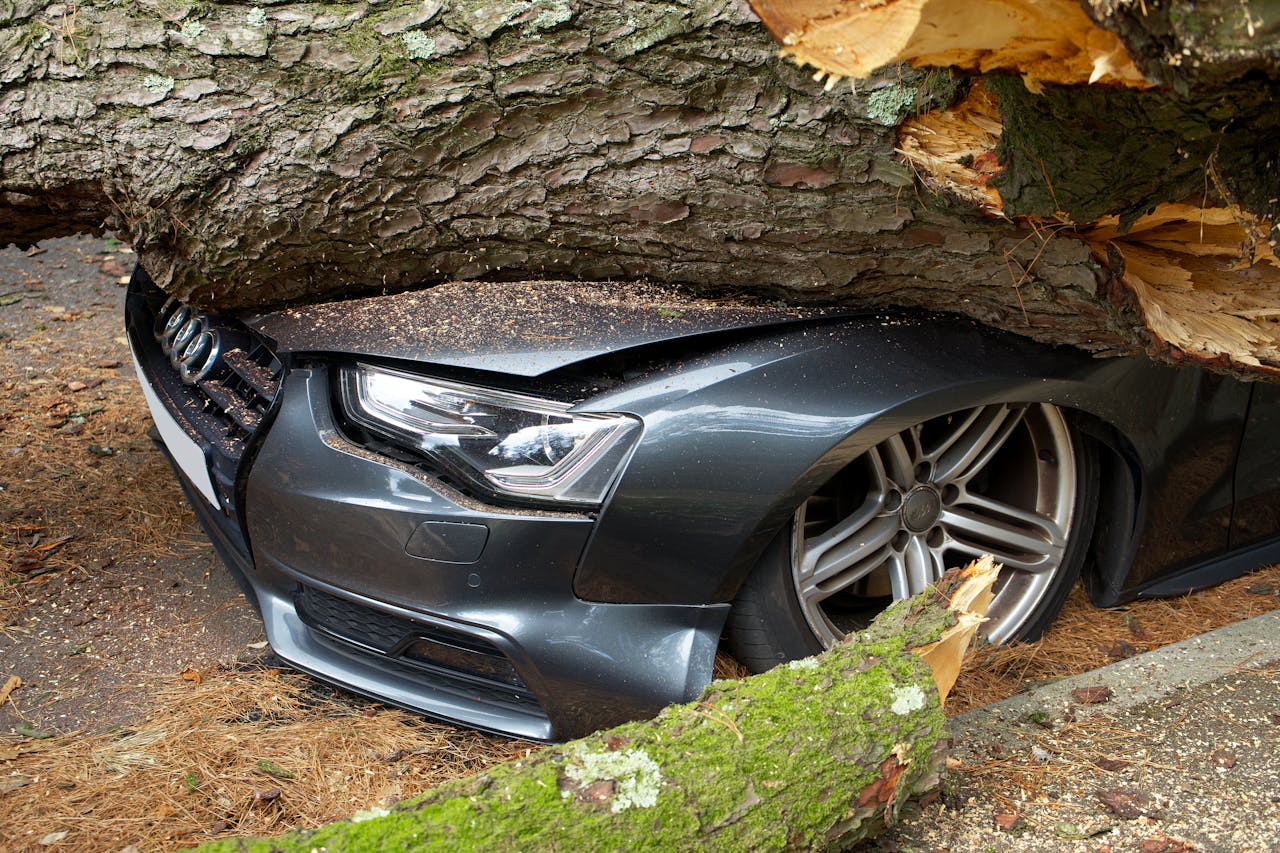
Getting into a car accident can be a stressful and overwhelming experience. Whether it’s a minor fender bender or a major collision, knowing what to do immediately after an accident and how to file an insurance claim can make a significant difference in ensuring a smooth recovery process. This step-by-step guide will walk you through what to do after a car accident and how to file an insurance claim efficiently.
Step 1: Ensure Safety First
The first priority after an accident is safety.
- Check for injuries: Assess yourself and passengers for any injuries. If anyone is hurt, call 911 immediately.
- Move to a safe location: If the accident is minor and the car is operable, move to the side of the road to avoid further collisions.
- Turn on hazard lights: Alert other drivers by turning on your hazard lights.
Step 2: Call the Authorities
Even if it’s a minor accident, it’s advisable to call the police. An official police report can be useful when filing an insurance claim.
- Explain what happened: Provide factual information to the officer without admitting fault.
- Obtain a police report: If the police arrive, request a copy of the accident report for your records.
Step 3: Gather Information
Collecting essential details at the scene will help streamline the insurance claim process.
- Exchange information with the other driver: Get their name, contact details, insurance provider, and policy number.
- Take photos and videos: Capture pictures of vehicle damage, license plates, road conditions, and any visible injuries.
- Look for witnesses: Get the names and contact information of any witnesses who can provide statements.
Step 4: Notify Your Insurance Company
Inform your insurance provider about the accident as soon as possible.
- Provide accurate details: Explain what happened, sticking to the facts.
- Submit necessary documents: Send in any requested documents, including the police report, photos, and witness statements.
- Ask about next steps: Your insurer will guide you through the claims process and let you know what to expect.
Step 5: File an Insurance Claim
Filing a claim is crucial to getting your car repaired and covering any medical expenses.
- Determine the type of claim: Depending on the accident, you may file a claim under liability, collision, or uninsured motorist coverage.
- Get a damage assessment: Your insurer may send an adjuster to evaluate the damage.
- Choose a repair shop: Some insurers recommend preferred repair shops, but you can choose your own.
- Review your coverage: Check your policy to understand deductibles and coverage limits.
Step 6: Follow Up on the Claim
Stay proactive to ensure a smooth claims process.
- Keep records: Maintain copies of all correspondence, receipts, and claim details.
- Communicate with your insurer: Check on claim progress and ask questions if anything is unclear.
- Review the settlement offer: Make sure the payout covers your expenses before accepting the settlement.
Step 7: Consider Legal Assistance
If the accident involves serious injuries, disputes, or an uninsured driver, you may need legal guidance.
- Consult a lawyer: An attorney can help you navigate legal complexities and negotiate settlements.
- Understand state laws: Some states have different regulations regarding claims and liability.
Conclusion
Knowing what to do after a car accident can help reduce stress and ensure a smooth insurance claim process. By following these steps—ensuring safety, gathering evidence, notifying your insurer, and filing a claim properly—you can protect yourself financially and legally. Always review your insurance policy periodically to ensure you have the right coverage for unexpected incidents on the road.
Leave a Reply